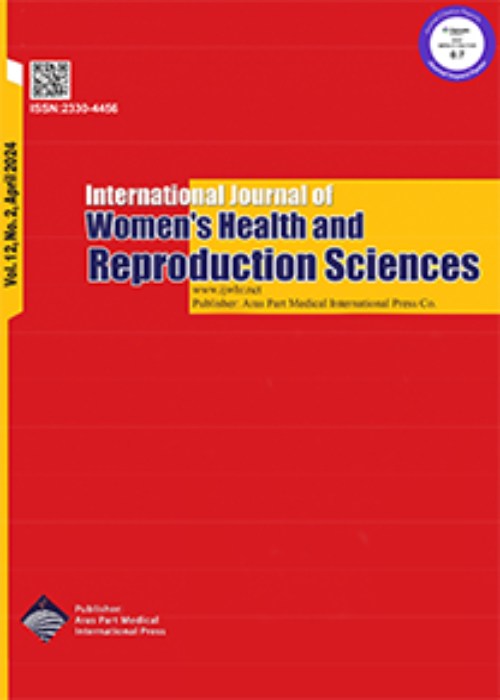Socio-demographic Determinants of Infertility: A Study in Four Selected Provinces of Iran
Infertility is one of the reproductive health issues that not only affects infertile couple’s life, but it is a matter of demographic concerns on a vast scale. This study aims to examine the impact of socio-demographic factors on the incidence of infertility.
We used data from our cross-sectional fertility survey conducted in 2017 in four selected provinces of Iran including Gilan, West Azarbaijan, Sistan and Baluchistan, and Yazd. Using a structured questionnaire, 4088 women of reproductive age were interviewed in the survey for their reproductive life history as well as their socio-demographic and economic condition. Bivariate (chi-square test), and multivariate (Multiple Logistic Regression) analyses are applied to the data to meet the aim of the study. P values less than 0.05 are considered statistically significant where differentials are tested.
The prevalence of current infertility according to clinical definition varied from 7.4% in Yazd, 8.6% in West Azerbaijan, 12.4% in Gilan, and 22.3% in Sistan and Baluchistan. Logistic regression analysis revealed a significant association between infertility and the age and age at marriage of women. Controlling for other socio-demographic variables probability of being infertile increases as women get married at an older age. In addition, women who lived in a household with the lowest socio-economic conditions were 80 percent more likely to experience infertility compared to those living in households with the highest socio-economic conditions. Living in Sistan and Baluchistan was also a strong predictor of infertility in the study resulting in a high odds ratio (3.050) compared with women living in Yazd province
Women’s age and age at marriage are the most important demographic characteristics in explaining infertility and having a lower socio-economic condition trigger it. Since the age of marriage is increasing in Iran, it may affect primary infertility where childbearing is postponed to the late 30s and early 40s.
- حق عضویت دریافتی صرف حمایت از نشریات عضو و نگهداری، تکمیل و توسعه مگیران میشود.
- پرداخت حق اشتراک و دانلود مقالات اجازه بازنشر آن در سایر رسانههای چاپی و دیجیتال را به کاربر نمیدهد.


